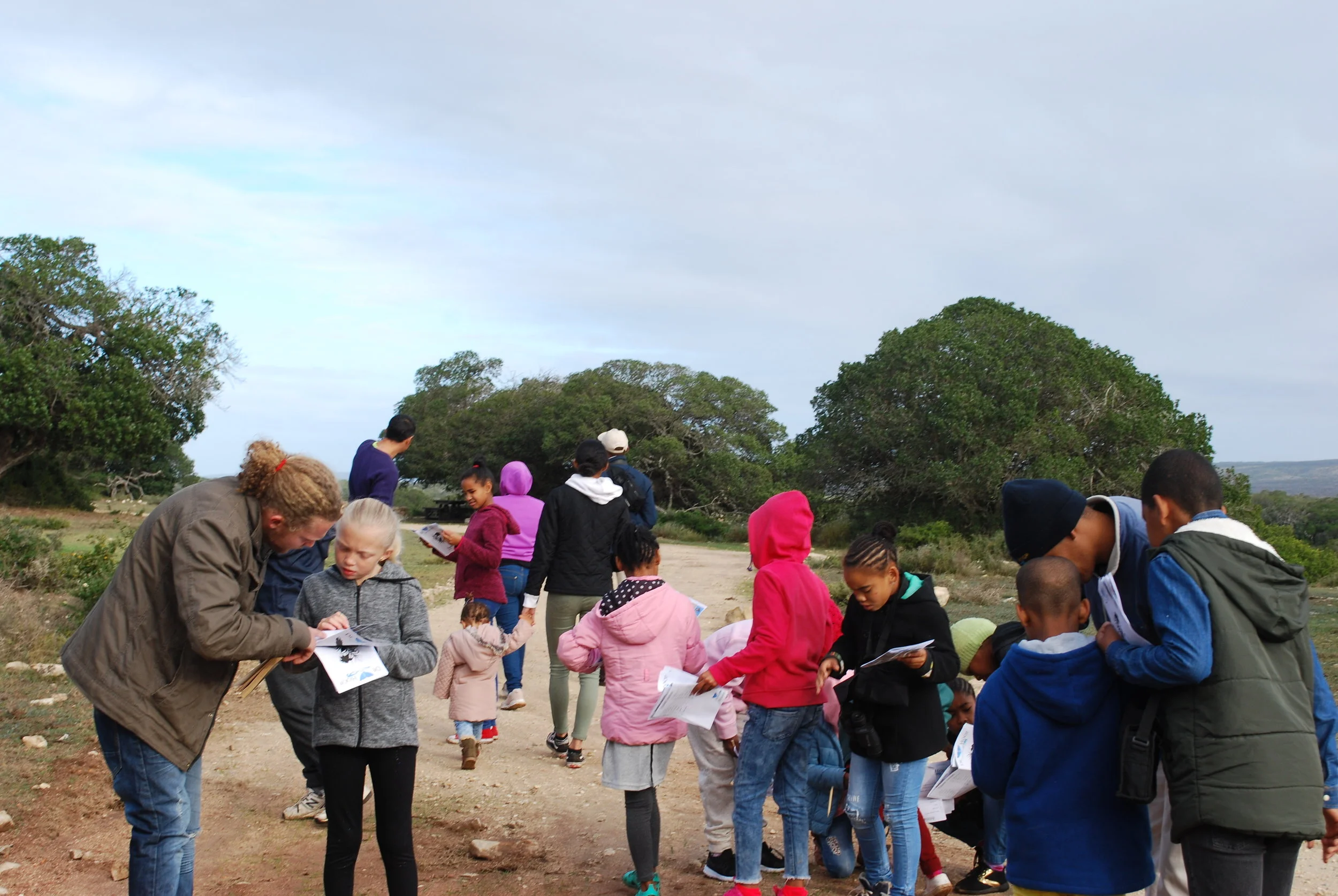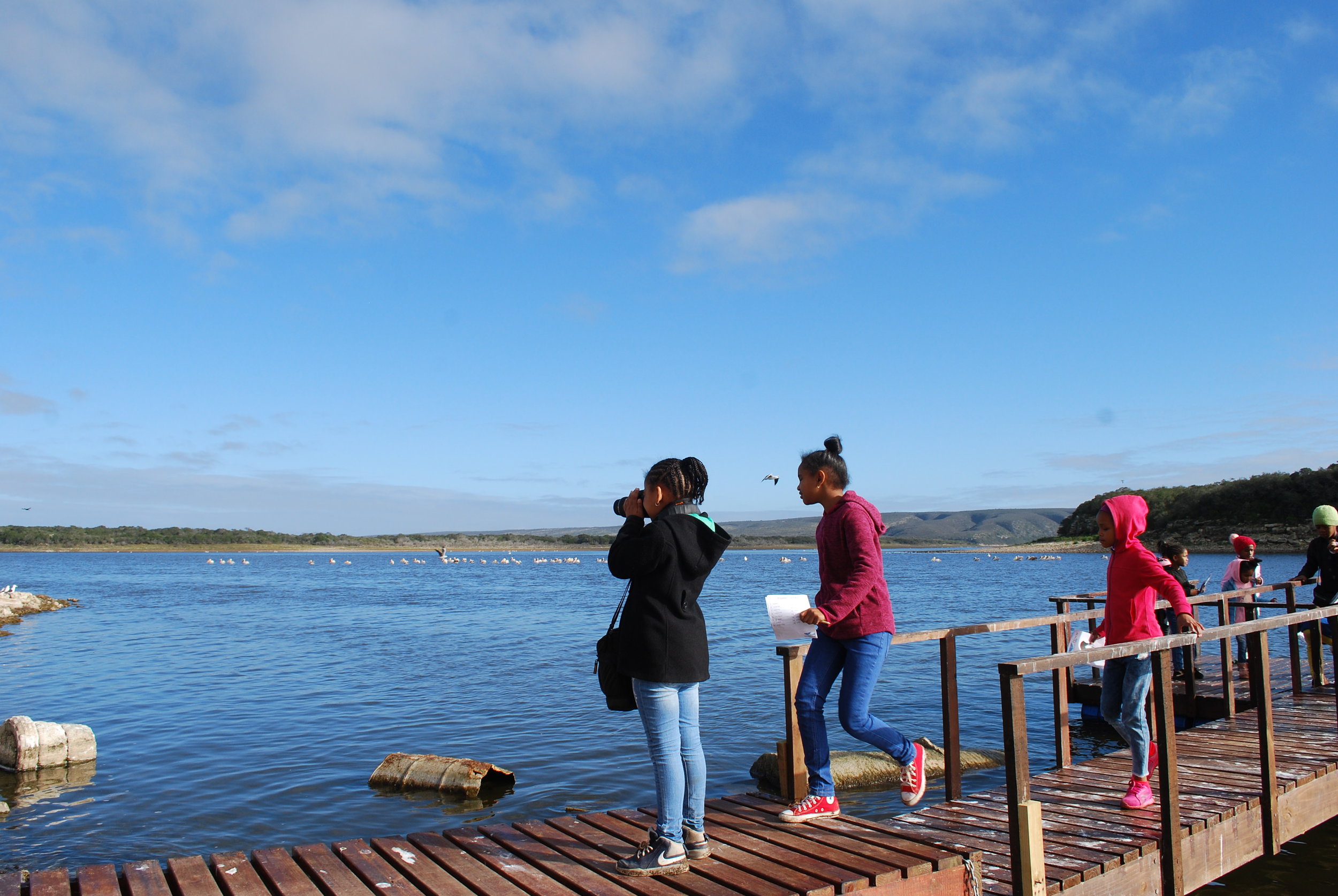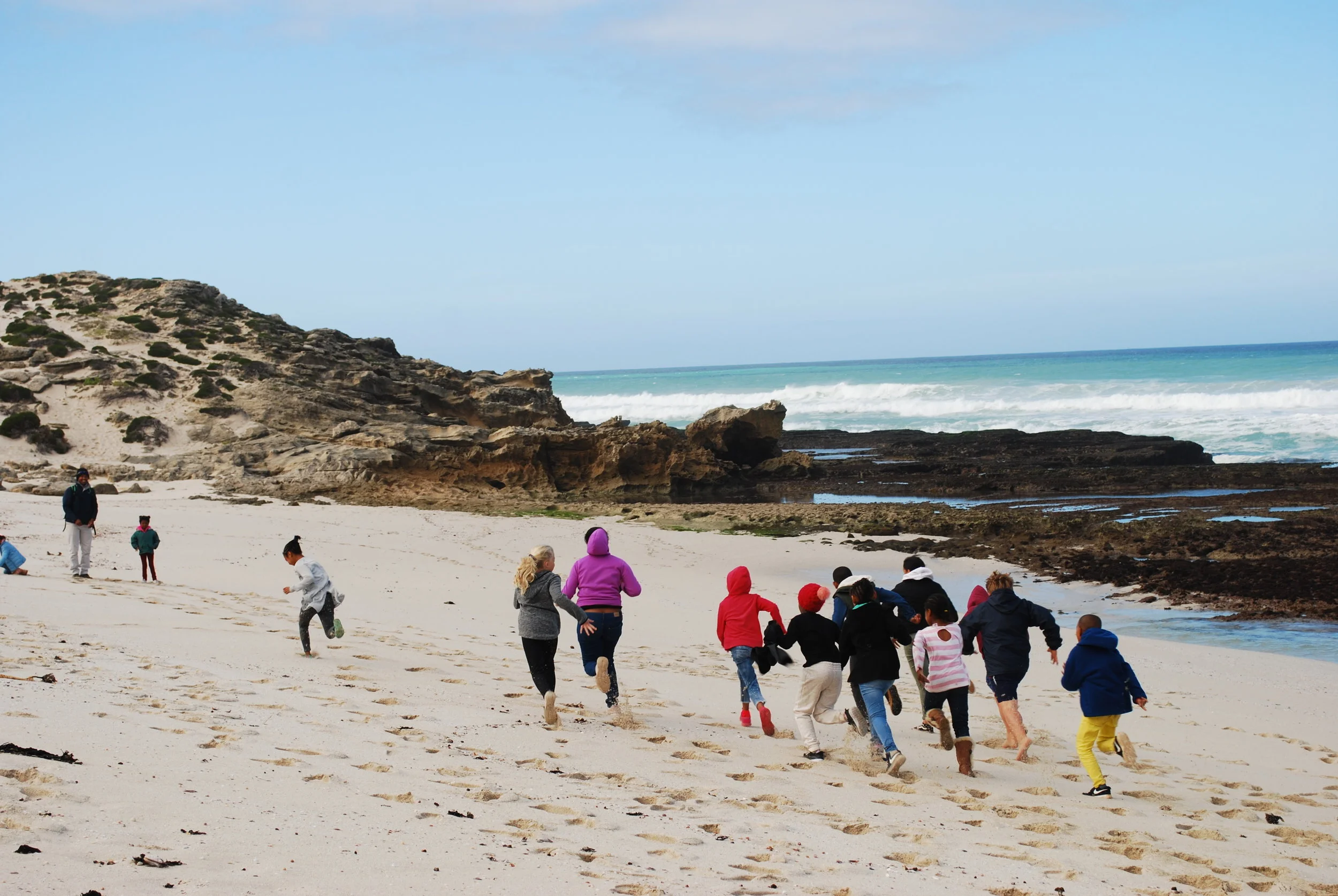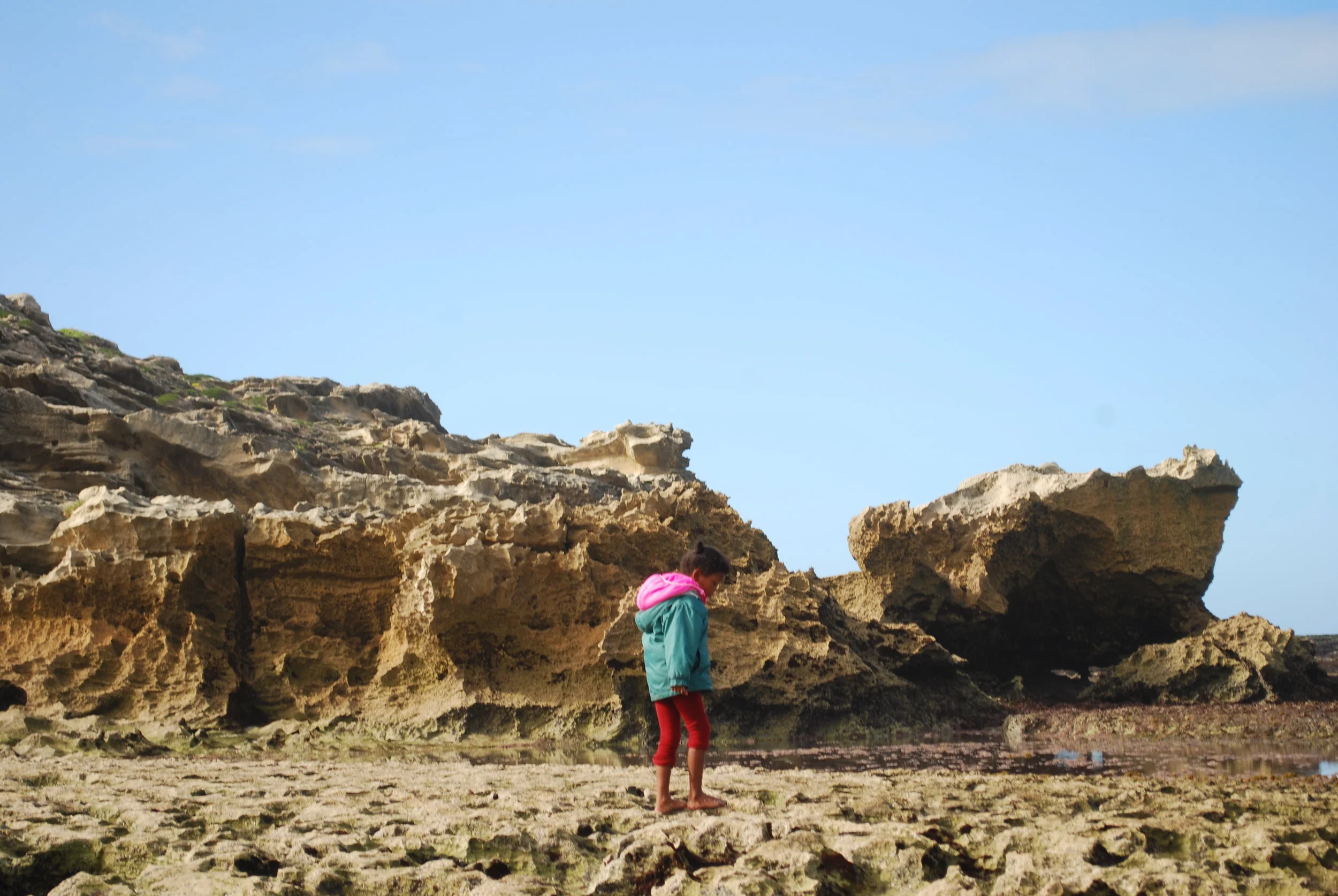There are additions to the number of Biosphere Reserves in the world, and some biospheres are expanding!
Read the links to find about where and who they are and why they have been named a Biosphere Reserve.
Extract from UNESCO website -
UNESCO’s Man and the Biosphere (MAB) programme today added 18 new sites in 12 countries to the World Network of Biosphere Reserves, which now numbers 701 biosphere reserves in 124 countries around the globe.
The International Co-ordinating Council of UNESCO’s Man and the Biosphere Programme (MAB-ICC) meeting in Paris from 17 to 21 June approved these additions along with the extension of eight existing biosphere reserves, which in most cases also led to a change in their official names.
UNESCO Director-General, Audrey Azoulay said, “There is a pressing need to take action for biodiversity, for our shared environmental heritage. After diagnosing the issue at stake, highlighted by the recent report of the Intergovernmental Science-Policy Platform on Biodiversity and Ecosystem Services (IPBES), the vitality of the World Network of Biosphere Reserves gives us cause for hope. Each UNESCO biosphere reserve is an open sky laboratory for sustainable development, for concrete and lasting solutions, for innovation and good practices. They seal a new alliance between the world of science and youth, between humans and the environment.”
https://en.unesco.org/news/18-new-sites-join-unescos-world-network-biosphere-reserves
Extract from UN article –
Nature is declining globally at rates unprecedented in human history – and the rate of species extinctions is accelerating, with grave impacts on people around the world now likely, warns a landmark new report from the Intergovernmental Science-Policy Platform on Biodiversity and Ecosystem Services (IPBES), the summary of which was approved at the 7th session of the IPBES Plenary, meeting last week (29 April – 4 May) in Paris.
“The overwhelming evidence of the IPBES Global Assessment, from a wide range of different fields of knowledge, presents an ominous picture,” said IPBES Chair, Sir Robert Watson. “The health of ecosystems on which we and all other species depend is deteriorating more rapidly than ever. We are eroding the very foundations of our economies, livelihoods, food security, health and quality of life worldwide.”
“The Report also tells us that it is not too late to make a difference, but only if we start now at every level from local to global,” he said. “Through ‘transformative change’, nature can still be conserved, restored and used sustainably – this is also key to meeting most other global goals. By transformative change, we mean a fundamental, system-wide reorganization across technological, economic and social factors, including paradigms, goals and values.”
https://www.un.org/sustainabledevelopment/blog/2019/05/nature-decline-unprecedented-report/













